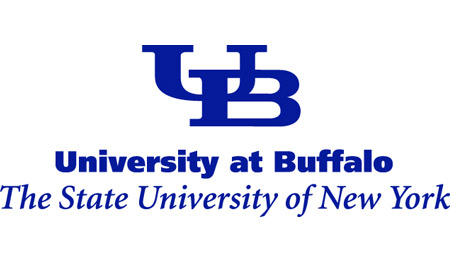This news seems to have dole out some insights regarding flavonoids. A study from Buffalo claims that consuming foods comprising of favonoids, orange juice, in this case, along with a high-fat, high-carbohydrate fast-food meal seems to counterbalance the oxidative and inflammatory stress produced by the unhealthy food and aids in averting blood vessel impairment.
Free radicals or reactive oxygen species are supposedly recognized to stimulate inflammation in blood vessel linings and add to the danger of heart attack and stroke. Study authors are of the opinion that the powerful defensive effect of orange juice probably is associated with its heavy load of the flavonoids naringenin and hesperidin, which are believed to be main antioxidants.
UB’s Husam Ghanim, PhD, first author on the study, commented, “Our data show, for the first time to our knowledge, that drinking orange juice with a meal high in fat and carbohydrates prevented the marked increases in reactive oxygen species and other inflammatory agents. This did not happen when participants drank water or a sugary drink with the meal. These issues of inflammation following a meal are important because the resultant high glucose and high triglycerides are known to be related to the development of cardiovascular events.â€
The study included around three groups of 10 normal-weight fit men and women between the ages of 20 and 40. Following an overnight fast, subjects consumed a 900-calorie breakfast comprising of an egg ‘muffin’ sandwich, a sausage ‘muffin’ sandwich and a helping of hash browns. The meal included roughly 81 grams of carbohydrates, 51 grams of fat and 32 grams protein.
Along with the breakfast, one group took 300 calories of ‘not-from-concentrate’ orange juice, a second group apparently drank a 300-calorie glucose drink and the third group took an equal quantity of water. Every volunteer received about 15 minutes to complete their food and drink. Blood samples were apparently gathered prior to the meal and at 1, 3 and 5 hours later one. There seemed to be no considerable dissimilarity in inflammatory mediators among the groups prior to the meal.
Evaluations of the samples post meal appeared to exhibit that oxygen free radicals augmented an average of 62 percent with water, 63 percent with the glucose and 47 percent with orange juice. Moreover, there seemed to be a boost in blood components called toll-like receptors, which supposedly play a vital function in the development of inflammation, atherosclerosis, obesity, insulin resistance. Also damage to cardiac cells may arise after an obstructed vessel is reopened.
Orange juice also seems to avert an important raise in SOCS-3, a significant mediator of insulin resistance, which could add to development of type 2 diabetes.
Paresh Dandona, MD, UB distinguished professor of medicine, director of the Diabetes-Endocrinology Center of Western New York at Kaleida Health and senior author on the study, remarked, “These data emphasize that a high-fat, high-carbohydrate meal is profoundly and rapidly proinflammatory, and that this process occurs at the cellular and molecular level. In addition, specific proinflammatory genes are activated after the intake of glucose and a high-fat, high-carbohydrate meal, and these changes are observed in mononuclear cells that participate in vascular inflammation and insulin resistance. These observations extend our previous work showing oxidative and inflammatory stress following such meals by demonstrating a remarkable increase in the mediators of insulin resistance after a single meal, and the equally remarkable prevention of these changes following the intake of orange juice.â€
Dandona stresses that vascular inflammation may be a vital constituent of atherosclerosis, and that this inflammation could turn permanent if a person eats similar meals frequently.
The study was published in the American Journal of Clinical Nutrition.

